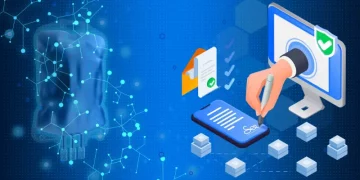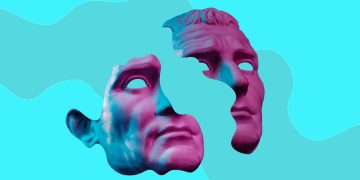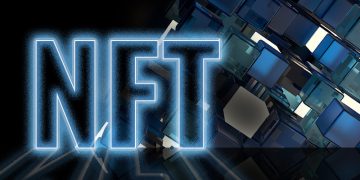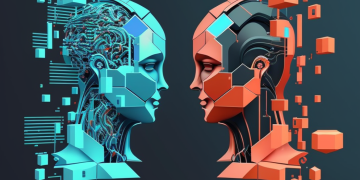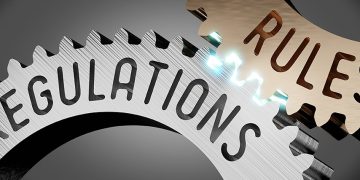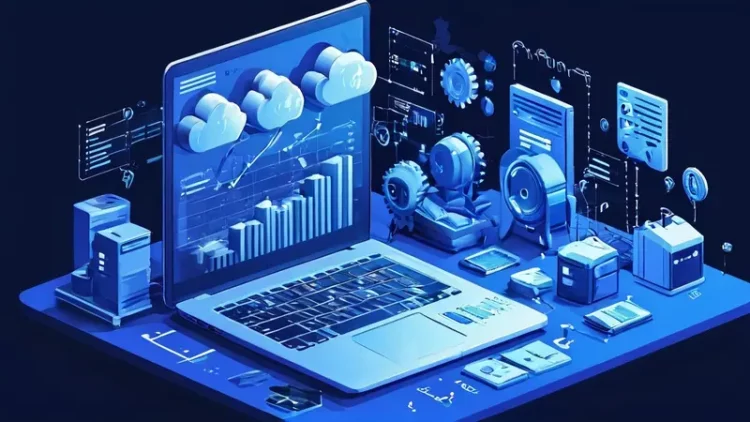Introduction
As technology continues to evolve at an exponential rate, the potential for disruption and transformation in nearly every aspect of our lives is immense. From artificial intelligence (AI) and blockchain to biotechnology and autonomous vehicles, innovations are opening up new frontiers of possibility. However, with these advancements come ethical dilemmas that challenge our understanding of what is right, fair, and just. These dilemmas often require companies, governments, and society to confront difficult questions about the impact of technology on human rights, privacy, security, and equality.
In this context, a critical question arises: Should there be a “bottom line” for innovation? In other words, should there be ethical boundaries that guide technological development, ensuring that progress does not come at the cost of fundamental moral principles? This article explores whether and how innovation should be constrained by ethical considerations, balancing the potential for progress with the responsibility to protect society from harm.
Section 1: The Ethical Dilemmas of Technological Innovation
1.1 The Double-Edged Sword of Innovation
Innovation is inherently powerful. It can create opportunities for economic growth, improve quality of life, and address some of the world’s most pressing challenges. However, innovation also carries the risk of unintended consequences—some of which can be harmful or even dangerous.
For example, consider the advent of social media. While platforms like Facebook, Twitter, and Instagram have revolutionized how people connect, they have also led to significant ethical challenges, such as:
- Privacy Invasions: The collection of vast amounts of personal data without adequate consent has raised concerns about privacy violations and surveillance.
- Mental Health: Research has suggested that prolonged use of social media can contribute to mental health issues, such as anxiety, depression, and body dysmorphia, particularly among young people.
- Misinformation: The spread of fake news and misinformation through social platforms has had a profound impact on public opinion, political elections, and even public health (e.g., misinformation about COVID-19).
Similarly, artificial intelligence offers enormous potential in areas like healthcare, transportation, and manufacturing. However, it also raises ethical concerns about:
- Bias and Discrimination: AI systems trained on biased data may perpetuate or even amplify existing inequalities, leading to discriminatory outcomes in hiring, criminal justice, or lending.
- Job Displacement: Automation through AI and robotics may displace millions of workers, potentially leading to mass unemployment and societal disruption.
- Autonomy and Accountability: With the rise of autonomous systems—such as self-driving cars and military drones—there are critical questions about who is responsible when something goes wrong.
These examples illustrate that while technological innovation has the potential to improve society, it can also create ethical challenges that must be addressed to avoid harm.
Section 2: The Case for Setting Ethical Boundaries in Innovation
2.1 Preventing Harmful Outcomes
One of the most compelling reasons for establishing a “bottom line” for innovation is to prevent harm. Without ethical considerations, innovations could inadvertently cause societal, environmental, or psychological damage.
For instance, the development of biotechnology and genetic editing technologies, such as CRISPR, opens up possibilities for curing diseases and enhancing human abilities. However, the ethical implications are profound:
- Genetic Modification: There are concerns about “designer babies” and the potential for eugenics, where genetic alterations may be used to create “ideal” human traits, thus exacerbating inequalities.
- Environmental Impact: The manipulation of genes in plants and animals could have unintended ecological consequences, potentially disrupting natural ecosystems.
In these cases, it becomes clear that without ethical boundaries, the technology could be used in ways that harm individuals, the environment, or society as a whole.
2.2 Protecting Human Rights and Dignity
Innovation should respect fundamental human rights—such as privacy, freedom of speech, freedom from discrimination, and security—to ensure that new technologies do not infringe upon these basic principles.
For example, innovations in surveillance technologies (e.g., facial recognition) raise critical questions about:
- Privacy: Widespread surveillance can infringe upon individual privacy rights, particularly when surveillance is done without consent or transparency.
- Civil Liberties: The use of these technologies by governments or private entities could lead to authoritarian control, discrimination, or even racial profiling, violating principles of equality and justice.
To protect human dignity and freedom, technological advancements must be aligned with ethical principles that preserve personal rights and freedoms.
2.3 Promoting Accountability and Responsibility
The absence of ethical constraints could lead to a lack of accountability for the unintended consequences of technological advancements. In industries like AI, automation, and biotech, companies must be held responsible for the potential negative effects of their innovations.
For example, when an autonomous vehicle causes an accident, who is responsible? Is it the company that developed the technology? The manufacturer of the vehicle? The consumer who used the vehicle?
Setting ethical guidelines ensures that companies and innovators remain accountable for the social, economic, and environmental consequences of their work. Regulation, when paired with innovation, helps ensure that technology is used in a manner that benefits society as a whole, not just a select few.
Section 3: The Challenges of Setting Ethical Boundaries
3.1 Innovation vs. Regulation
One of the major challenges in setting ethical “bottom lines” is that innovation often moves faster than regulation. By the time regulations are implemented, new technologies may have already begun to disrupt industries and societies, making it difficult to apply appropriate ethical standards.
- Regulatory Lag: For instance, autonomous vehicles have been tested and even deployed in some cities, yet clear regulatory frameworks are still being developed to govern their safe use. Without adequate regulation, this can lead to issues of accountability, safety, and fairness.
- Global Challenges: Technology often transcends national borders, creating complex challenges in developing global ethical standards. Different countries have different legal frameworks, moral perspectives, and levels of technological maturity, making it difficult to set universally accepted guidelines.
Balancing the need for rapid innovation with the need for ethical oversight remains a significant challenge for both policymakers and innovators.
3.2 Innovation Without Constraints: The Risk of Overregulation
While setting ethical boundaries is necessary, there is also a risk that overregulation could stifle innovation. For example, stringent regulations on emerging technologies like blockchain, AI, or biotechnology might discourage startups and entrepreneurs from pursuing novel ideas, limiting the potential for progress.
- Inhibiting Creativity: Excessive regulation could limit experimentation and exploration in areas that have the potential for great societal benefit. For example, overly strict intellectual property laws or privacy regulations could limit how data-driven technologies develop.
- Global Competition: Startups and innovators may seek out less-regulated regions, resulting in a race to the bottom where ethical considerations are overlooked in favor of rapid deployment and commercialization.
The challenge is to find the right balance—enough regulation to mitigate risks but not so much that it stifles the growth of innovation.
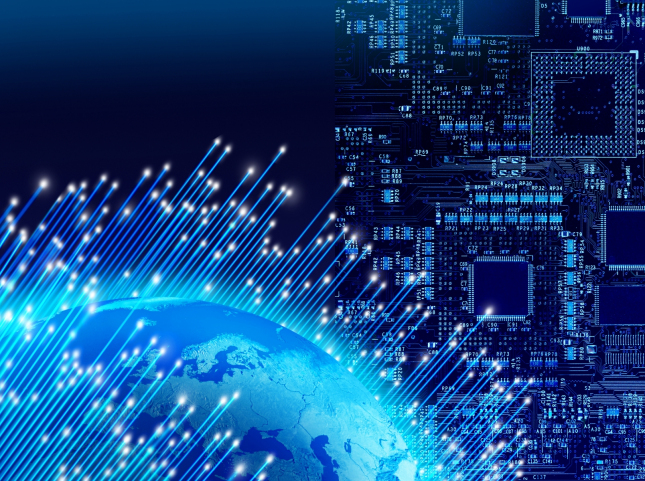
Section 4: Frameworks for Setting Ethical Boundaries
4.1 Establishing Ethical Guidelines for Technological Development
One solution to the challenge of balancing innovation with ethics is the creation of clear ethical frameworks that guide the development and deployment of new technologies. These guidelines could include principles like:
- Transparency: Innovators should be transparent about how their technologies work, what data is collected, and how it will be used.
- Accountability: Companies must take responsibility for the consequences of their innovations, including their social and environmental impact.
- Inclusivity: Innovation should be accessible and beneficial to all, avoiding discrimination or bias in the development process.
- Privacy and Security: Technologies must respect individual privacy and ensure that sensitive data is protected from misuse or exploitation.
4.2 Collaborative Efforts and Stakeholder Involvement
Innovation should involve a broader range of stakeholders, including ethicists, policymakers, civil society, and the general public. Collaborative efforts can ensure that technological development aligns with societal values and moral principles.
- Public Consultations: Involving diverse stakeholders in the development of regulations and ethical guidelines can help address the concerns of affected communities and create more balanced, inclusive policies.
- Ethics Committees and Oversight: Establishing independent ethics committees can help assess new technologies and their potential impacts before they are released to the public. These committees can provide expert advice and make recommendations for responsible development.
Conclusion
Innovation has the power to transform the world in ways we can only imagine. However, with great power comes great responsibility. As new technologies challenge traditional ethical boundaries, it is crucial for innovators, governments, and society to establish a “bottom line” that ensures that progress does not come at the expense of fundamental moral values. This “bottom line” should balance the speed of technological development with the need for ethical oversight, ensuring that the benefits of innovation are realized without compromising human rights, dignity, or societal well-being.
In the end, the challenge lies in creating a framework that encourages responsible innovation, fosters accountability, and protects against potential harm—while also allowing for the creativity and experimentation that drives progress. Only by addressing these ethical concerns head-on can we ensure that the technologies of tomorrow are used for the greater good.





